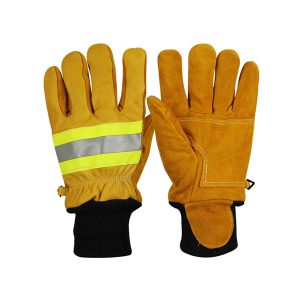Oil and Gas PPE Supplier
Table of Content
- What is oil and gas PPE
- What PPE used in oil and gas industry
- Different types oil and gas PPE
- How to choose oil and gas PPE
- Importance of oil and gas PPE
- What oil and gas worker wear
- Oil and gas PPE used foot protection
- Oil and gas PPE used body protection
- Oil and gas PPE used hand protection
- Oil and gas PPE used respiratory protection
- How to find oil and gas PPE supplier in China
Oil and Gas PPE- All you need to know
If you’re in the oil and gas industry, it’s important that you have the right Personal Protective Equipment (PPE) to keep yourself safe. In this blog post, we will discuss everything you need to know about oil and gas PPE. We’ll cover topics such as what types of PPE are available, how to choose the right gear for your needs, and when and how to use it.
What is oil and gas PPE?
Oil and gas PPE is personal protective equipment that is specifically designed for oil and gas workers. This type of PPE is essential for protecting workers from the potential hazards associated with oil and gas production, including fires, explosions, and chemicals.
There are a variety of oil and gas PPE products available on the market, including fire-resistant clothing, respirators, and safety goggles. Oil and gas workers need to select the right PPE for their specific job tasks and work environment. When used correctly, oil and gas PPE can help to prevent injuries and save lives.
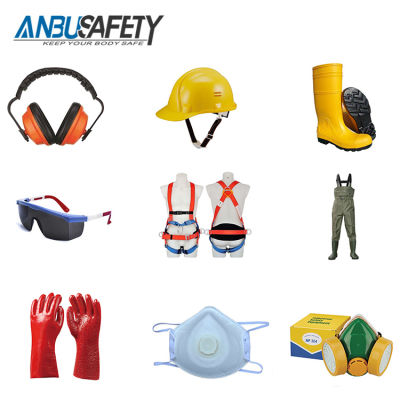
What PPE is used in the oil and gas industry?
Personal protective equipment, or PPE, is critical in an industry where there are potential hazards present. And the oil and gas industry is certainly no exception.
When it comes to PPE in the oil and gas industry, there are four main types of safety gear that oil and gas workers need to be aware of: respirators, hearing protection, eye protection, and flame-resistant clothing.
Respirators are an absolute must in the oil and gas industry, as there are many airborne contaminants that can be present on job sites. There are two main types of respirators: air-purifying and supplied-air. Air-purifying respirators filter out contaminants from the air, while supplied-air respirators provide breathable air from an uncontaminated source.
Hearing protection is also important in the oil and gas industry, as exposure to loud noise can result in hearing loss. There are two main types of hearing protection: earplugs and earmuffs. Earplugs fit into the ear canal and block out noise, while earmuffs sit over the ears and do the same.
Eye protection is important in any industry where there is a potential for flying debris or chemicals, and the oil and gas industry is no exception. There are three main types of eye protection: safety glasses, goggles, and face shields. Safety glasses fit over the eyes like regular glasses but have impact-resistant lenses. Goggles completely enclose the eyes and provide a tight seal to keep out debris and chemicals. Face shields cover the entire face and protect against flying debris, splashes, and sparks.
Flame-resistant clothing is a must in the oil and gas industry, as there is a potential for exposure to flames or electrical arc flash. Flame-resistant clothing is made from materials that self-extinguish when exposed to flames or heat. There are three main types of flame-resistant clothing: shirts, pants, and coveralls. Shirts and pants protect the torso and legs, while coveralls provide complete body coverage.
When it comes to PPE in the oil and gas industry, safety is of the utmost importance. By being aware of the different types of PPE available and what each is used for, oil and gas workers can help ensure their safety and the safety of those around them.
The different types of oil and gas PPE available on the market
When it comes to oil and gas exploration, production, and transportation, personal protective equipment (PPE) is essential for workers’ safety. There are many different types of PPE available on the market, each designed for a specific purpose.
The most common type of PPE used in the oil and gas industry is respiratory protection. This can include anything from dust masks to full-face respirators. Dust masks are typically used during drilling operations to protect workers from inhaling dust particles. Full-face respirators, on the other hand, are used during cleanup operations or when working with chemicals that could potentially be harmful if inhaled.
Another type of PPE that is often used in the oil and gas industry is hearing protection. This is important because exposure to loud noise can cause long-term damage to workers’ hearing. There are a variety of different types of hearing protection available, from earplugs to earmuffs.
Eye protection is another type of PPE that is essential for workers in the oil and gas industry. This is because there are a lot of potential hazards that could cause eye injuries, such as flying debris or chemicals splashing into the eyes. There are a variety of different types of eye protection available, from safety glasses to full-face shields.
Finally, protective clothing is also an important type of PPE for workers in the oil and gas industry. This can include anything from coveralls to hard hats. Protective clothing is important because it can help to protect workers from a variety of potential hazards, such as flying debris, chemicals, and extreme temperatures.
There are many different types of PPE available on the market, each designed for a specific purpose. It is important for workers in the oil and gas industry to be aware of the different types of PPE available and to choose the right type of PPE for their specific job tasks.
How to choose the right type of oil and gas PPE for your needs?
When it comes to choosing the right type of oil and gas PPE, there are a few things that workers need to consider. The first is the level of protection that they need. Some jobs may only require basic protection, while others may require more specialized equipment. The second thing to consider is the fit of the PPE. It is important to make sure that the PPE fits properly, as this can help to improve comfort and safety.
Finally, workers need to consider the cost of the PPE. Some types of PPE may be more expensive than others, but it is important to choose the right type of PPE for the job. By considering these factors, workers can choose the right type of oil and gas PPE for their needs.
Below is the oil and gas PPE items list, you can check it and use it when you on oil and gas industry.
PPE Item
PPE Photo
PPE Use
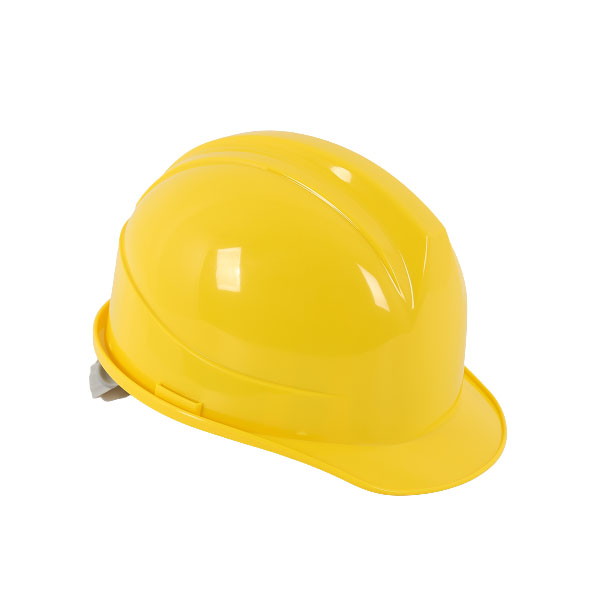

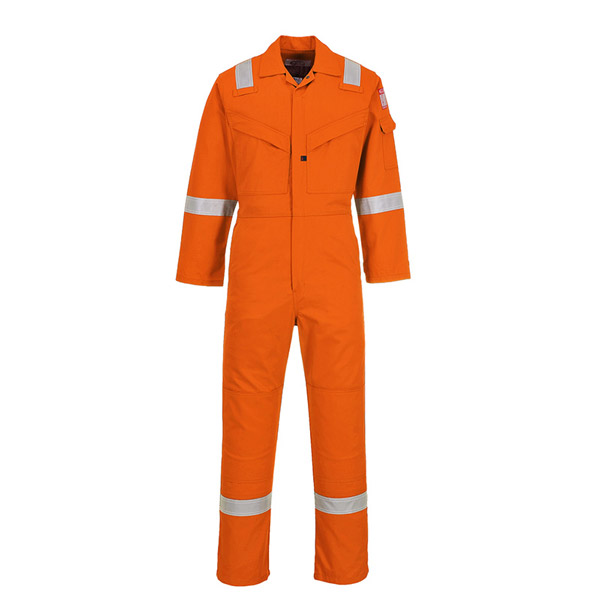
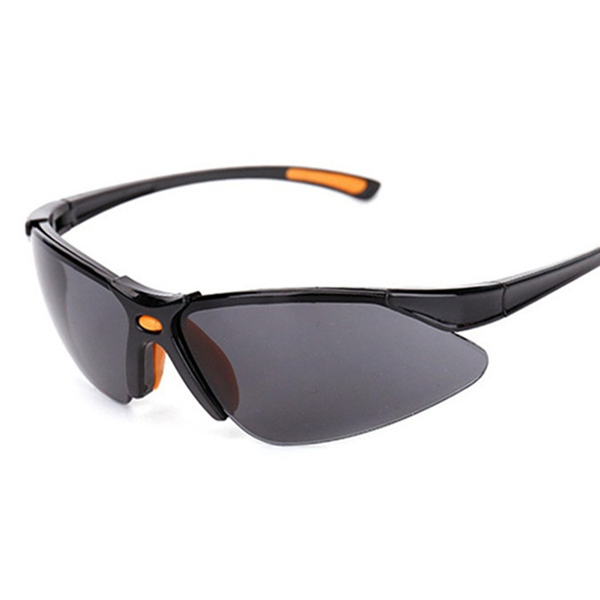

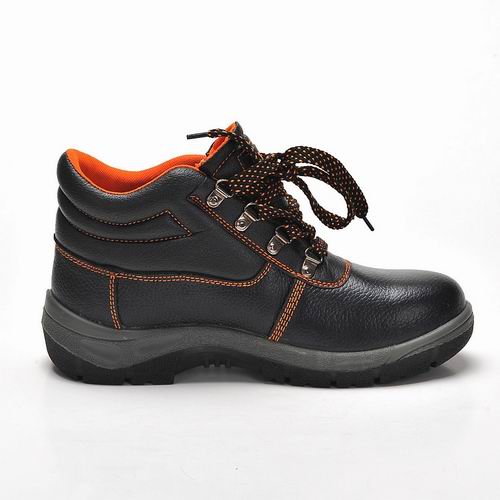
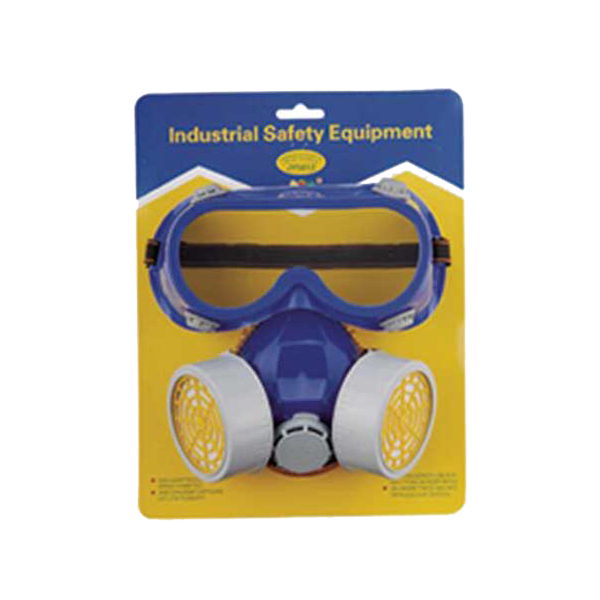
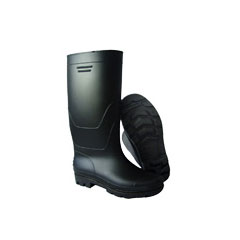
The importance of wearing oil and gas PPE
The oil and gas industry is one of the most dangerous industries to work in. There are many dangers that workers face daily, including exposure to hazardous materials, working in confined spaces, and operating heavy machinery.
One of the best ways to protect workers in the oil and gas industry is by requiring them to wear personal protective equipment (PPE). PPE can help reduce the risk of injuries or fatalities if an accident does occur. Some common examples of PPE include hard hats, safety glasses, earplugs or muffs, respirators, and fire-resistant clothing.
If you work in the oil and gas industry, make sure you always wear the appropriate PPE for your job. It could save your life.
What do oil and gas workers wear?

It’s not just a hard hat and safety goggles – there’s a lot of safety gear that goes into keeping these workers safe.
From head to toe, oil and gas workers need to be protected from the harsh conditions they work in. That starts with a hard hat to protect their heads from falling debris. They also need earplugs or earmuffs to protect their hearing from the loud equipment they use.
Safety goggles are a must to keep dust and chemicals out of their eyes, and they may also need a respirator to avoid breathing in harmful fumes. A fire-resistant suit protects them from heat and flames, while safety gloves and safety boots help them grip slippery surfaces.
All this gear can be hot and uncomfortable, but it’s necessary to keep these workers safe on the job.
Which oil and gas PPE is used for foot protection?
There are many different types of safety boots that can be used for foot protection in the oil and gas industry. Some of the most common include steel-toed boots, metatarsal guards, and slip-resistant soles. Steel-toed boots are designed to protect your feet from falling objects or being stepped on. Metatarsal guards help protect the top of your foot from impact or crushing injuries. Slip-resistant soles help you keep your footing in slippery or wet conditions.
When choosing safety boots for work in the oil and gas industry, it is important to consider the specific hazards you will be facing. If you will be working around heavy machinery, for example, you will need a boot with a steel toe.
Which oil and gas PPE is used for body protection?
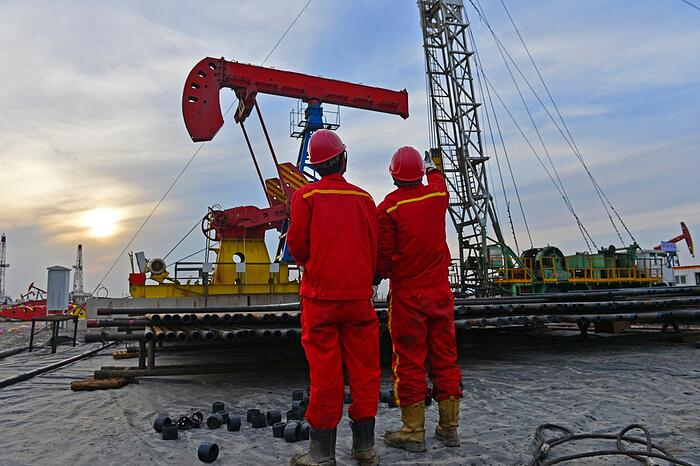
There are many different types of oil and gas PPE available on the market, but not all of them are suitable for body protection. The most common type of oil and gas PPE used for body protection is flame retardant clothing.
Flame retardant clothing is made from a variety of different materials, including cotton, polyester, and nylon. It is designed to protect the wearer from fire and heat exposure. Flame retardant clothing is usually worn over other types of clothing, such as regular workwear or casual wear.
Oil and gas workers who are exposed to fire or heat risks should always Wear flame retardant clothing. This type of PPE can help to protect them from serious injuries in the event of an accident.
Flame retardant clothing is just one type of oil and gas PPE that is available. Other types of PPE, such as respiratory protection and hearing protection, are also important for oil and gas workers.
When choosing oil and gas PPE, it is important to select the right type of PPE for the job. Some jobs may require different types of PPE than others. It is also important to make sure that the PPE fits properly. Improperly fitting PPE can be just as dangerous as not wearing any at all.
Which oil and gas PPE is used for hand protection?
There are many types of safety gloves available on the market, but not all of them are suitable for use in the oil and gas industry. PVC gloves are a good choice for hand protection in this industry, as they provide excellent resistance to chemicals and oils.
PVC gloves are also comfortable to wear, even for extended periods. This is important, as workers in the oil and gas industry often have to perform tasks that require them to use their hands for long periods.
If you work in the oil and gas industry, make sure you choose a pair of safety gloves that will protect your hands from the hazards you may encounter. PVC gloves are an excellent choice for hand protection in this industry.
Which oil and gas PPE is used for respiratory protection?
When working in the oil and gas industry, it is important to wear the proper personal protective equipment (PPE) to protect yourself from safety hazards. One type of PPE that is essential for respiratory protection is a face mask or safety mask.
There are many different types of face masks available on the market, but not all masks are created equal. Some masks are designed for general purpose use, while others are specifically designed for oil and gas applications. When choosing a face mask for respiratory protection in the oil and gas industry, it is important to select one that is rated for your specific application.
For example, if you will be working with hazardous chemicals, you will need to choose a face mask that is specifically designed for chemical resistance. There are also face masks available that are designed to protect against dust and other airborne particles.
No matter which type of face mask you choose, it is important to make sure that it fits properly. A face mask that does not fit properly will not provide the level of protection that you need. Make sure to read the instructions on how to properly fit your face mask before using it.
Maintenance tips for oil and gas PPE
If you work in the oil and gas industry, you know that personal protective equipment (PPE) is a must. But did you know that your PPE needs regular maintenance? Here are some tips to keep your PPE in top condition:
- Inspect your PPE before each use. Check for rips, tears, or other damage.
- Clean your PPE after each use. Use soap and water for hard-to-clean areas.
- Store your PPE in a cool, dry place when not in use.
- Replace any damaged or worn-out parts of your PPE immediately.
By following these simple tips, you can extend the life of your PPE and make sure it continues to protect you on the job.
how to find oil and gas PPE suppliers in China?
If you’re in the oil and gas industry, you know that personal protective equipment (PPE) is a must. But finding reliable PPE suppliers in China can be a challenge. Here are some tips to help you find the right supplier for your needs.
-First, check out online directories such as Alibaba and Global Sources. These websites list hundreds of suppliers from all over China. You can use the search functions to narrow down your options by location, product type, or price range.
-Next, ask for recommendations from other companies in the oil and gas industry. They may have already worked with Chinese suppliers and can give you some good leads.
-Finally, don’t forget to do your research on any supplier you’re considering. Make sure to read online reviews and check out their business licenses and certifications. By taking these precautions, you can be sure you’re getting quality products and services from a reputable supplier.
By following these tips, you’ll be able to find the right oil and gas PPE supplier in China for your needs. With a little effort, you can rest assured that your employees will have the protection they need to stay safe on the job.
Conclusion
Oil and gas PPE is an essential part of the industry. It protects workers from potential hazards, both on and offshore. Employers must provide their employees with the necessary personal protective equipment to keep them safe while working. Make sure you are familiar with the types of PPE available and what is required in your area.
tags: ppe in oil and gas industry, ppe for oil and gas industry, ppe list with pictures, ppe in oil and gas, ppe oil and gas, ppe list, oil and gas ppe, oil and gas protective clothing, oil and gas safety clothing, ppe equipment list, personal protective equipment list, personnel protection and safety equipment for the oil and gas industries, gas ppe, oil safety products, oil and gas safety equipment, oil industry safety glasses, ppe gas, oilfield ppe, coverall suit for oil and gas industry, ppe oil, ppe products list, importance of ppe in oil and gas industry, protective clothing oil and gas ppe, equipment used to protect the worker against flying debris, list of personal protective equipment, gasppe, coverall for oil and gas industry, what type of gloves protects your hands from heat and flames, list of ppe equipment, ppe for oil and gas, safety equipment in oil and gas industry, safety helmet for oil and gas industry, oil and gas safety equipment, personal protective equipment list and their uses, full ppe oil and gas, offshore ppe requirements, what type of gloves protects your hands from heat and flames, coverall oil and gas

